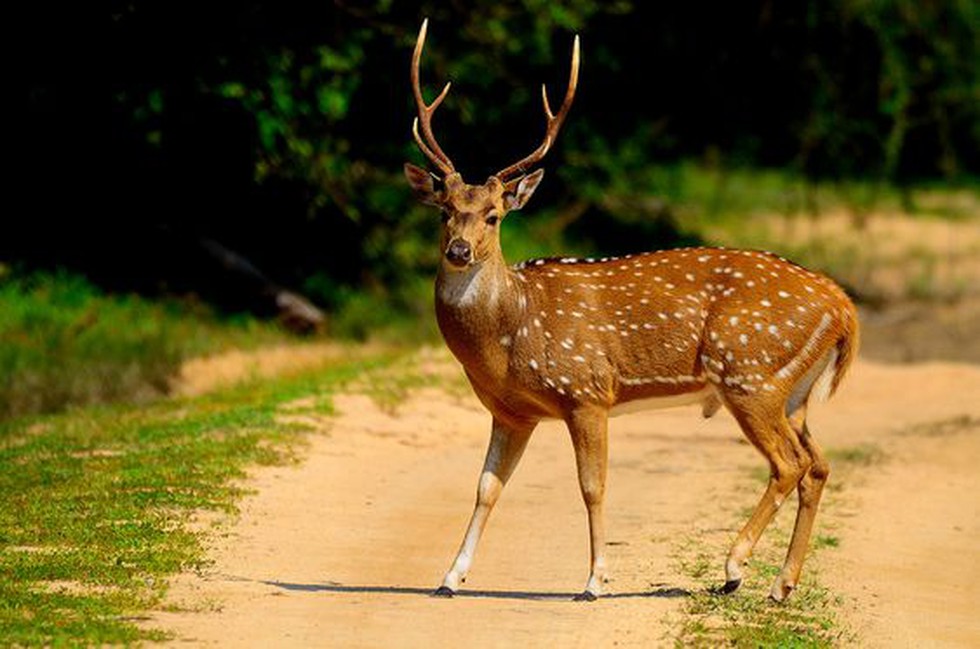A recent translocation operation was carried out in the Kali Tiger Reserve to introduce 40 spotted deer from the Mysuru Zoo into their new habitat. This initiative aimed to enrich biodiversity and support wildlife conservation efforts.
Planning and Execution
The translocation process was meticulously planned and executed by a team of wildlife experts. It involved careful selection of deer candidates, health assessments, and acclimatization procedures spanning several months.
Transportation
Under the supervision of wildlife veterinarians and conservationists, the deer were gently transported from the Mysuru Zoo to the Kali Tiger Reserve. Strict protocols were followed to minimize stress and ensure their safety throughout the journey.
Release and Placement
Upon arrival at the reserve, the translocated deer underwent a brief quarantine period before being released into designated areas conducive to their natural behavior and survival. This strategic placement aimed to foster their well-being and enrich the ecological dynamics of the reserve.
Collaborative Effort
The translocation initiative was a collaborative endeavor involving the Karnataka Forest Department, wildlife conservation organizations, and local communities. This collaboration aimed to safeguard the region’s biodiversity and strengthen the reserve’s resilience to environmental challenges.
Long-term Benefits
Stakeholders are optimistic about the long-term benefits of this translocation for both the biodiversity of the reserve and the overall conservation landscape. It underscores the importance of proactive conservation measures in preserving endangered species and natural heritage.
Multiple Choice Questions (MCQs) with Answers:
- What was the primary objective of the translocation operation in the Kali Tiger Reserve?
- A) To relocate spotted deer from the reserve to the Mysuru Zoo.
- B) To introduce 40 spotted deer from the Mysuru Zoo into the reserve.
- C) To capture and relocate carnivores within the reserve.
- D) To conduct health assessments on the resident deer population.
- How were the deer transported to the Kali Tiger Reserve?
- A) By air
- B) By sea
- C) By road under the supervision of wildlife experts
- D) By local villagers
- What was the role of the collaborative effort in the translocation initiative?
- A) It aimed to reduce the number of deer in the reserve.
- B) It involved only the Karnataka Forest Department.
- C) It aimed to strengthen biodiversity and conservation efforts.
- D) It focused solely on wildlife viewing opportunities for visitors.
